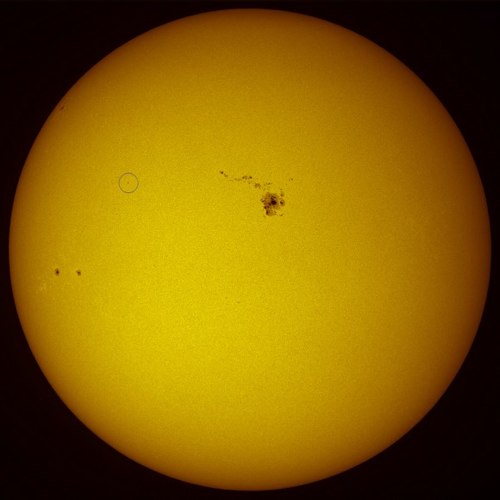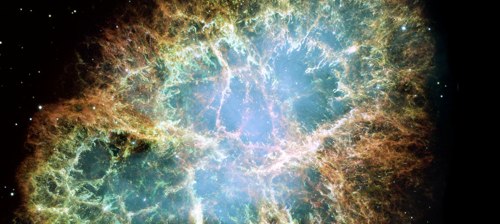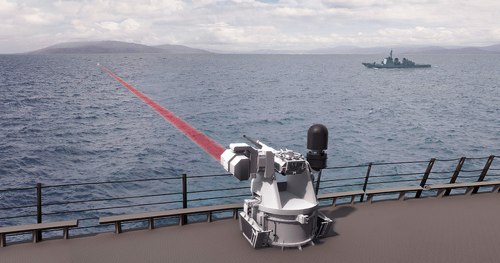Are exploding supernovae guiding life on Earth? If a new ground breaking theory is to be believed, the answer is yes.
According to the study by Henrik Svensmark published by the Royal Astronomy Society in London the explosions of stars relatively close to Earth has proven itself to be the variable for life on our planet.
In short, according to the Watts Up With That blog, this is as big of a claim as the theory of plate tectonics was for geology.
Here is the short, short, short, short version:
Here are the main results:
• The long-term diversity of life in the sea depends on the sea-level set by plate tectonics and the local supernova rate set by the astrophysics, and on virtually nothing else.
• The long-term primary productivity of life in the sea – the net growth of photosynthetic microbes – depends on the supernova rate, and on virtually nothing else.
• Exceptionally close supernovae account for short-lived falls in sea-level during the past 500 million years, long-known to geophysicists but never convincingly explained..
• As the geological and astronomical records converge, the match between climate and supernova rates gets better and better, with high rates bringing icy times.
The implications here are massive. Not only for our understanding of the natural world but even politically charged debates like climate change.
But this theory easily encapsulates the reason we write this blog. One day you can wake up and the world is radically different then when you went to sleep. Amazing.
[Watts Up With That]

















